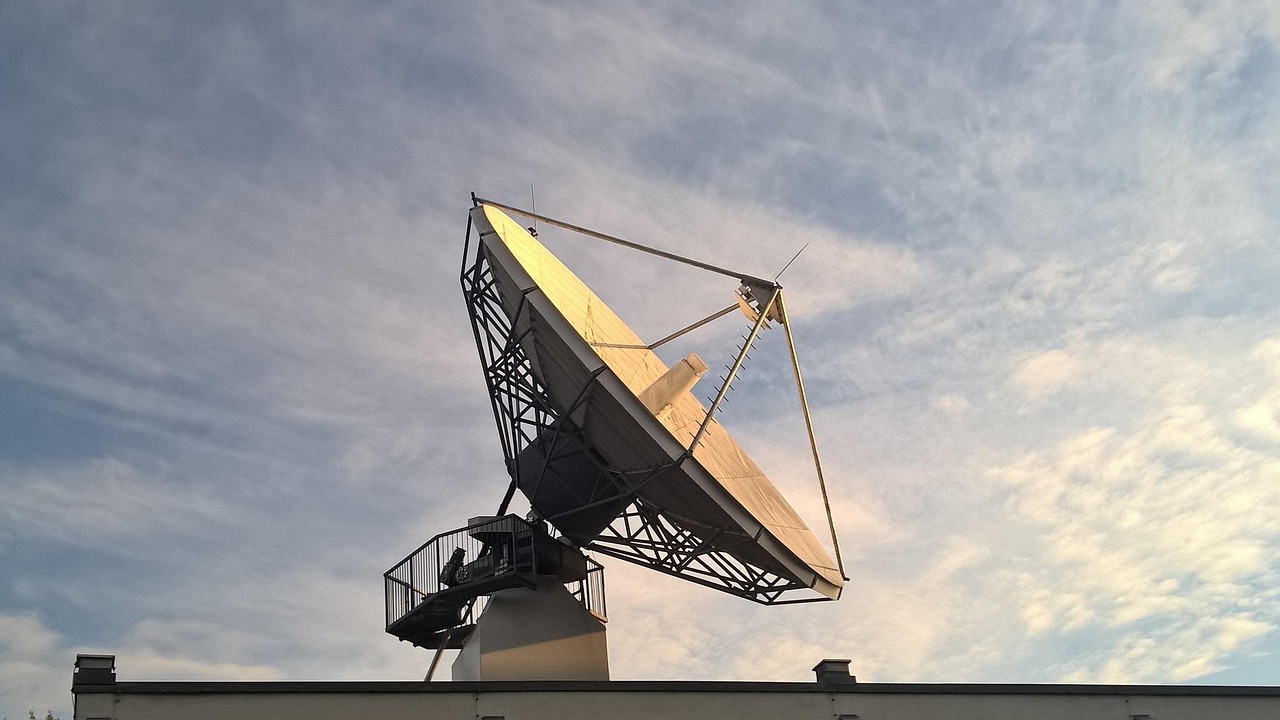Unlocking Value in the Small Satellite Launch Ecosystem

Q1. Could you start by giving us a brief overview of your professional background, particularly focusing on your expertise in the industry?
I’m a business leader in space with ~20 years across BD, partnerships, and go-to-market. I lead global expansion at Skyroot Aerospace and co-founded Red Balloon Aerospace (near-space platforms: super-pressure balloons, aerostats, cargo airships). At Skyroot, I’ve helped secure multi-year launch interest, convert pipelines to LSAs, and build strategic ties with agencies, primes, and constellation operators across APAC, MENA, and Europe.
I work end-to-end, covering pricing, contracting, export control & licensing, mission planning, customer onboarding, and ecosystem building with insurers, ranges, and ground segment partners. My focus is on matching payload economics to the right orbit, schedule, and risk posture, and building repeatable processes that scale cadence.
Q2. What are the primary growth drivers fueling demand for small satellite launches, and how sustainable are these drivers over the next decade?
Constellations & Refresh Cycles, and Diversifying Space Applications: EO and connectivity fleets drive steady replacement (3–5-yr lifetimes), and recurring demand is durable.
Defense & dual-use ISR: Persistent sensing, resilient comms, and tactically responsive launch—budgets here are structurally robust.
Sensor miniaturization & COTS: More capability per kg keeps shifting demand to dedicated and tailored rideshare.
Regulatory/Sovereign Access: Nations want indigenous or friendly-nation rides to reduce dependency.
Data Economics: Downstream EO/IoT analytics sustain payload growth even when capex tightens.
Risks include funding cycles, debris/spectrum policy, and launch overcapacity in certain bands. The net outlook is constructively stable to grow over the decade, with consolidation.
Q3. What new business models are creating significant opportunities in small satellite launches?
Orbit-as-a-Service / Hosted Payloads: Bus, power, thermal, licensing bundled; pay for data vs full spacecraft.
Last-mile delivery: Kick-stages/tugs for plane changes and phased deployments; performance-based SLAs.
Mission-in-a-box: Turnkey regulatory + integration + insurance + ground/TT&C as a single contract.
Responsive launch slots: Premium pricing for priority windows & late-load flexibility.
Data-as-a-Service: Operators monetize tasking/data instead of hardware sales.
Sovereign rideshare frameworks: Multi-agency payload aggregation with local content targets and export-control safety.
Q4. What are the advantages and challenges that one faces in scaling reusable launch vehicle technologies compared to global industry leaders?
Advantages (for an emerging player)
Blank-sheet design & focus: Optimize for specific mass/orbit bands and local mission sets.
Cost base & verticalization: Local manufacturing, faster decision loops, tighter supply chains.
Regulatory proximity: Closer coordination with the range and licensing bodies.
Key challenges
Flight rate economics: Reuse only pays with cadence; need engine cycles, refurb turn-times < integration times.
Propulsion & TPS maturity: High-temp alloys, turbomachinery, re-entry protection, and landing GNC are capital-intensive.
Test & range infrastructure: Reuse demands a dense test cadence and data systems; few sites initially support that.
Reliability proof: Achieving airline-like ops (95%+ success across many flights) requires years of telemetry, QA loops, and supply quality.
Bottom line: Technical feasibility is necessary; unit economics at cadence is the bar set by leaders.
Q5. Which sectors or borrower segments benefit most from alternative data inclusion, and where do AI models still struggle to provide reliable risk insights?
Multi-sourcing criticals: Avionics, valves, pyro devices, and composites dual-qualified to mitigate ITAR/EAR and shocks.
Localized materials/processes: HTPB grains, filament-wound structures, machining, and QA done domestically to compress lead-times.
Design-for-substitution: Specs and interfaces that tolerate alternate suppliers without re-qualifying the whole vehicle.
Inventory strategy: Time-phased buys for long-lead items; vendor-managed inventory for fast-movers.
Impact: Lower geopolitical risk, predictable schedules, cost stability, and stronger negotiating leverage.
Q6. How are advanced credit risk management frameworks evolving in Indian PSU and private banks to address emerging non-performing asset (NPA) challenges while supporting sustainable loan growth?
Vehicle digital twin: End-to-end thermo-structural & aero-elastic models tied to telemetry → faster anomaly triage, safer envelope expansion.
Predictive maintenance: ML on engine/test-stand data to forecast wear, plan spares, and cut aborts.
Manifest & yield optimization: AI allocates payloads across flights, maximizes kg-to-orbit, and prices to utilization targets.
Autonomous ground ops: Turn-time reduction via sensor fusion (prop load, GSE health, weather windows).
Customer experience: Self-serve mission portals for ICD checks, Monte-Carlo injection dispersions, licensing trackers, and live readiness dashboards.
Q7. If you were an investor looking at companies within the space, what critical question would you pose to their senior management?
“Show me the credible path to monthly (then bi-weekly) cadence with >95% reliability and positive unit economics—what are the top three bottlenecks on that path, which ones you directly control, and how you will de-risk them quarter by quarter?”
Follow-ups I’d ask:
- What specific (customers ↔ cadence ↔ cost) gets you to cash break-even, and at what flight rate?
- Where are you not vertically integrating, and why?
- What single-point failures remain in supply chain, range access, insurance, or licensing and what are your Plan-B timelines?
Comments
No comments yet. Be the first to comment!
